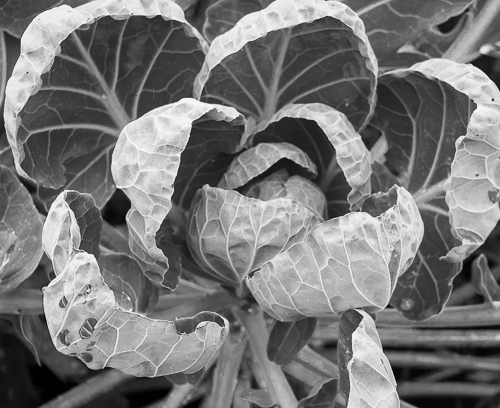Virgenes farm
Having finished our visit at Holt farm, we entered the bus and went to Virgenes farm where we were met by the farmer Tore Jardar Virgenes who introduced himself and his farm inside the bus because it was raining. Having been doing conventional farming for many years and going organic in 2007, he experienced that his high quality produce wasn’t marked as such in the shops and it was placed together with run-of-the-mill produce. However, an article in the local newspaper where he and his wife invited everyone to their farm was the start of another community garden. Having started with just 5 share owners, they have reached an upper limit of 225, letting the farmer revoke his agreement with the wholesaler.
The share owners are expected to work on Wednesdays and in return for at least 4 hours seasonal work and paying for a share, they get the following organic produce: eggs, about 20 types of vegetables, flour, pork, and beef. Moreover, a river is passing the farm and fishing rights are included.
Although every share owner is expected to work 4 hours in a season, there is no upper limit for much one can work. Besides the share owners, this farm also willingly accepts volunteers from WWOOF, World Wide Opportunities on Organic Farms, who work for room and board.
The vision of the farmer is to make the farm even more organic, which entails increasing biological diversity on the farm. This will be achieved by cultivating flowers and planting fruit trees, setting up beehives such that the bees can pollinate the flowers and the fruit trees. Fertilising with compost and animal dung besides letting clover collect nitrogen from the air and bringing it to the soil are already being practised.
Various types of rare and ancient grains are also cultivated at this farm. Having also bought a mill from Austria, grain is ground and turned into flour at the farm. Being very active, Tore also told us about his plans for using some of the grain for making beer and even setting up a malt house for producing his own malt.
Being shown around the farm, it was impossible not to notice pigs walking around freely. Two heavily pregnant sows were outside, while another one and her piglets were sleeping in a small metal house. Being omnivores, the pigs are fed remains from the production of vegetables and they are allowed to enter freshly plowed fields in order to eat plant remains.
Lastly, we were shown a room where black chickens were walking around freely and they could also walk outside if they wanted. In the adjacent room there was a small self-service shop where customers could buy produce from the farm and pay with a credit card.

